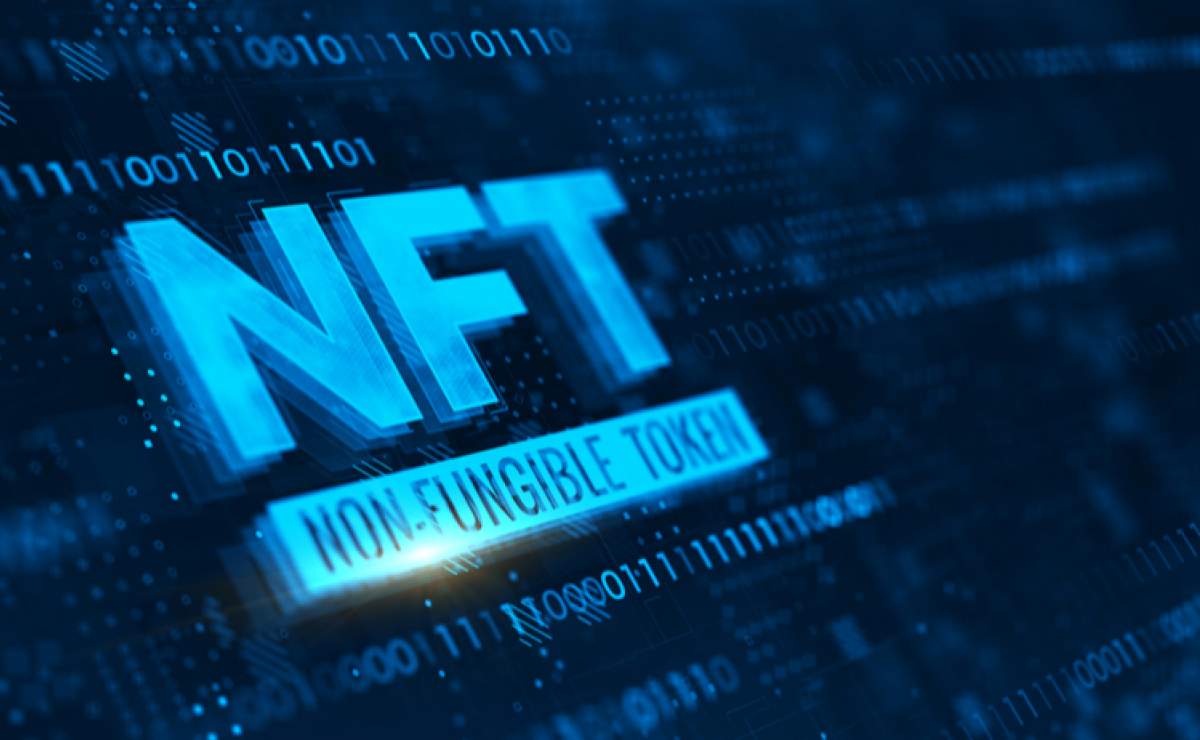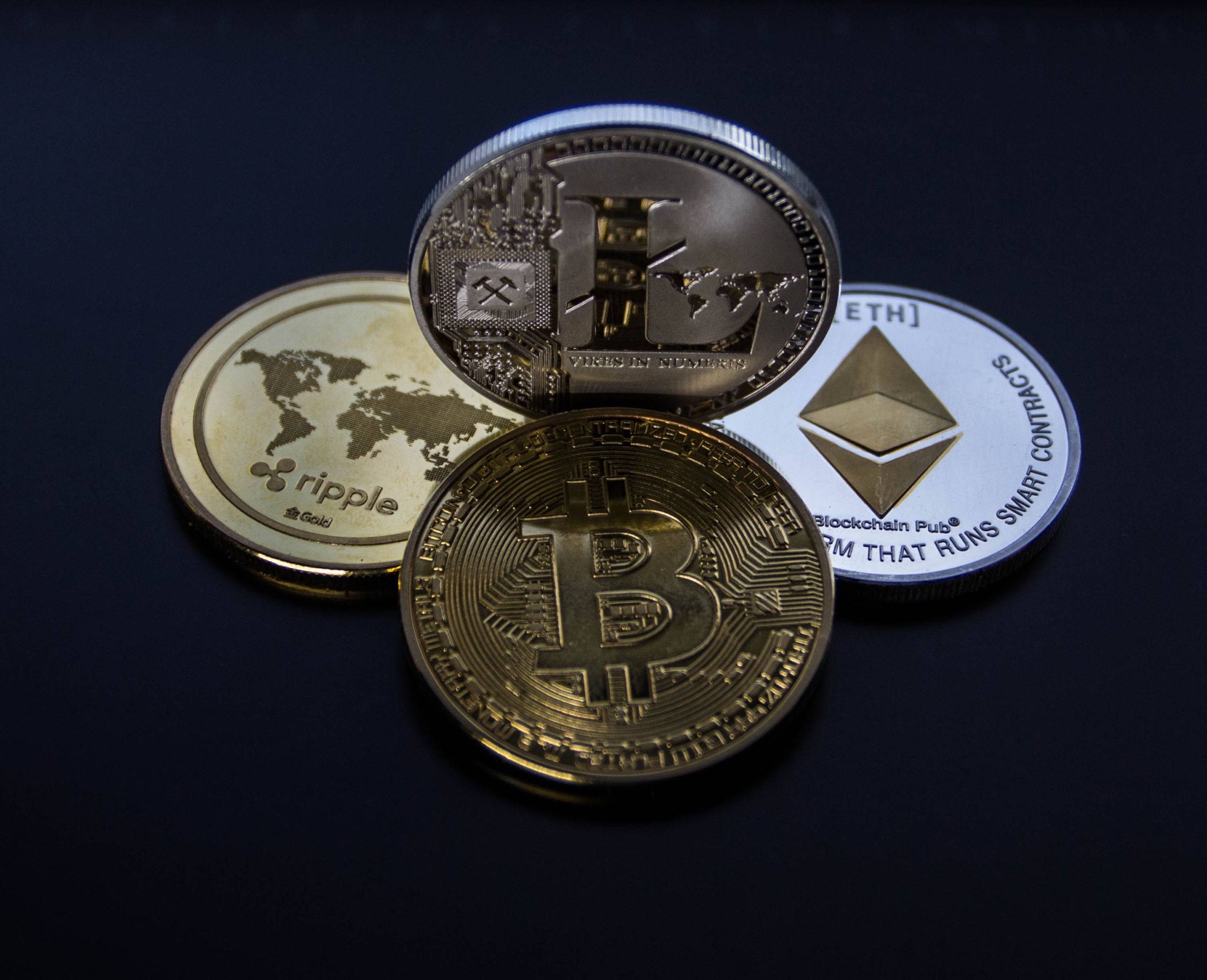Having the right strategy is one of the keys to succeeding with NFTs. If you are an investor, creator, or collector, you need to have a broad idea of where the NFT market is heading.
Huge shifts occurred in the gaming space all over the years. And these changes within their industry might mirror the direction in which the creator economy is going. Thus, the events that happened previously in the gaming space could provide a map for the future.
In this article, we will discuss a speculated roadmap that you can use as an advantage to stay ahead of the competition and the changes that happened in the gaming industry relevant to the NFT market movement today.
Stage 1: On-Off Purchase
Back in 2012, video games are only about you having to pay $60 for a one-time purchase of the game. After you make the purchase, all is done, and you can walk out of the store with your new game.
At that time, there was a technical limitation that still needs to be resolved to be able to support games the way publishers do now. Unfortunately, we can see the same thing happening to the NFT market as of the present.

In this first phase of NFTs, creators are only generating revenue by selling one-off purchases to their supporters because this is the easiest way to get into the market.
So first, try thinking about how complex NFTs are. If you want to dig into it, you have to learn how to use wallets, research which platform to use, and discover the best processes in minting.
Furtherly, if your audiences are not a crypto enthusiast and barely knows about it, you need to teach them how to navigate the crypto space as well. That’s why creators mostly resort to selling their works for a one-time purchase.
A lot of people nowadays buy NFTs to satisfy themselves by following a trend. However, the majority of buyers surely won’t have lasting satisfaction from basically just owning a receipt. Thus, people will begin looking for guidance, and there will be influencers who will start creating playbooks and guides on how to enter and utilize this space completely.
Of course, there’s already Gary Vee (Please insert in the underlined word the link to the article entitled “VeeFriends Investor Guide: Truth About Gary’s NFT.”), who is the first to jump into NFTs in a mainstream way, but we will see more people like him as time pass by.
You will see new and more platforms that make on-ramp easier. In addition, these platforms will have a better user interface and customer service, which will immensely reduce friction for creating NFTs leading us to stage 2.
Stage 2: Deeper Engagement
You’ll see people rush into NFTs, and there will be a huge oversupply relative to the demand. This will make it hard for creators to earn money. Hence, they will try various ways to stand out among others by taking a more sophisticated approach to their NFTs and social tokens.

Some people will create unlockable content behind their tokens, and some, perhaps the savvy ones, will build up a new community behind the paywall. It works using a token as an entry ticket to telegram or discord. But over time, there will be large communities that will appeal to a larger group of people and integrate more with the creator’s content.
Perhaps, these communities will possess a unique gamified aspect, more ways to generate money, and developed ways to utilize tokens to get value. It is exciting to know how people will work to turn these communities into mini-worlds with their own social structure and economy.
However, as the economy gets more involved, there will be a larger time and money demand for individuals. The real enjoyment comes when you really engage yourself deeper into the community. People tend to spend their time in a few communities rather than giving their attention across many of them.
This is similar to what happened in gaming.
Publishers shifted from selling one-off games to selling long-term experiences, with a persistent world and continuous updates. As a result, the gaming industry started to care more about metrics like the time gamers spend in a game and monthly retention. They recognized that the one-time value of a customer within one of these communities was way greater than the average than when they just sold one-off games.
This means that the opportunity expense of losing a customer is much higher. In addition, once a player opts for another gaming community instead of yours, it could dominate their gaming life for a year because they offer more value to get players to stay in their world. Thus, it is essential to keep them within your funnel.
In this second stage, you will see competitions because it becomes more zero-sum. For example, if someone goes to watch a competitor’s video instead of yours, it will not really be a big deal because it will only take a small percentage of their time. However, in a world where social tokens frequently unlock these vibrant, engaging communities, having a supporter choose someone else’s community over yours is a huge deal because it will dominate a big part of their time.
While the second phase is making NFT experiences, the third stage is about what drives success in the NFT world.
Stage 3: Bundling & Consolidation
We can’t have a world with millions of different paid communities. Not at least, if they are planning to be rich mini-worlds because it demands so much time.
In the gaming industry, bundling games became the solution to this dilemma. So, companies started bundling more and more games into their ecosystem. Gaming companies with enough games to make a bundle, like Microsoft, Ubisoft, EA, and Sony, released one. Perhaps, we will see the same thing happening in the creators’ economy of the NFTs.
Collaborations have been part of meta in recent years. However, it’s going to be on steroids the moment more creators decide to get in. There will be a lot of creator’s guilds, which would co-launch communities together.
For instance, there is Charlie Warzel, who sprang to Substack from the New York Times. He uses his Substack membership as an entry ticket to a Discord community co-launched with other writers.

All of the audiences from these writers will funnel into the same community and build a positive feedback loop of engagement which will be too challenging for one writer to compete with. This is a great exploit for anyone that makes this type of collab work.
People will receive benefits like having exposure to other communities and having it easy to co-manage these social token relationships and community building. Additionally, there will be benefits to the tokenomics of your community.
Joining communities makes a more extensive base of buyers in your token. It adds more liquidity which is a good advantage for collectors and investors who prefers easy in and out of a position.
For this third speculation, perhaps, we will be seeing more NFT creators bundling up their works.
You can skip the on-off stage and go just straight in discovering the community-building aspect or what long-term advantages there will be. Of course, you will encounter quite a few mistakes, but you will develop a playbook and learnings to give you a handicap over other creators.
Knowing this direction where NFTs might be heading can help many investors, creators, and collectors out there. However, this speculation is only the first pitch of the initial inning. There can be changes in the trajectory as we go in 2022 and the years ahead.



